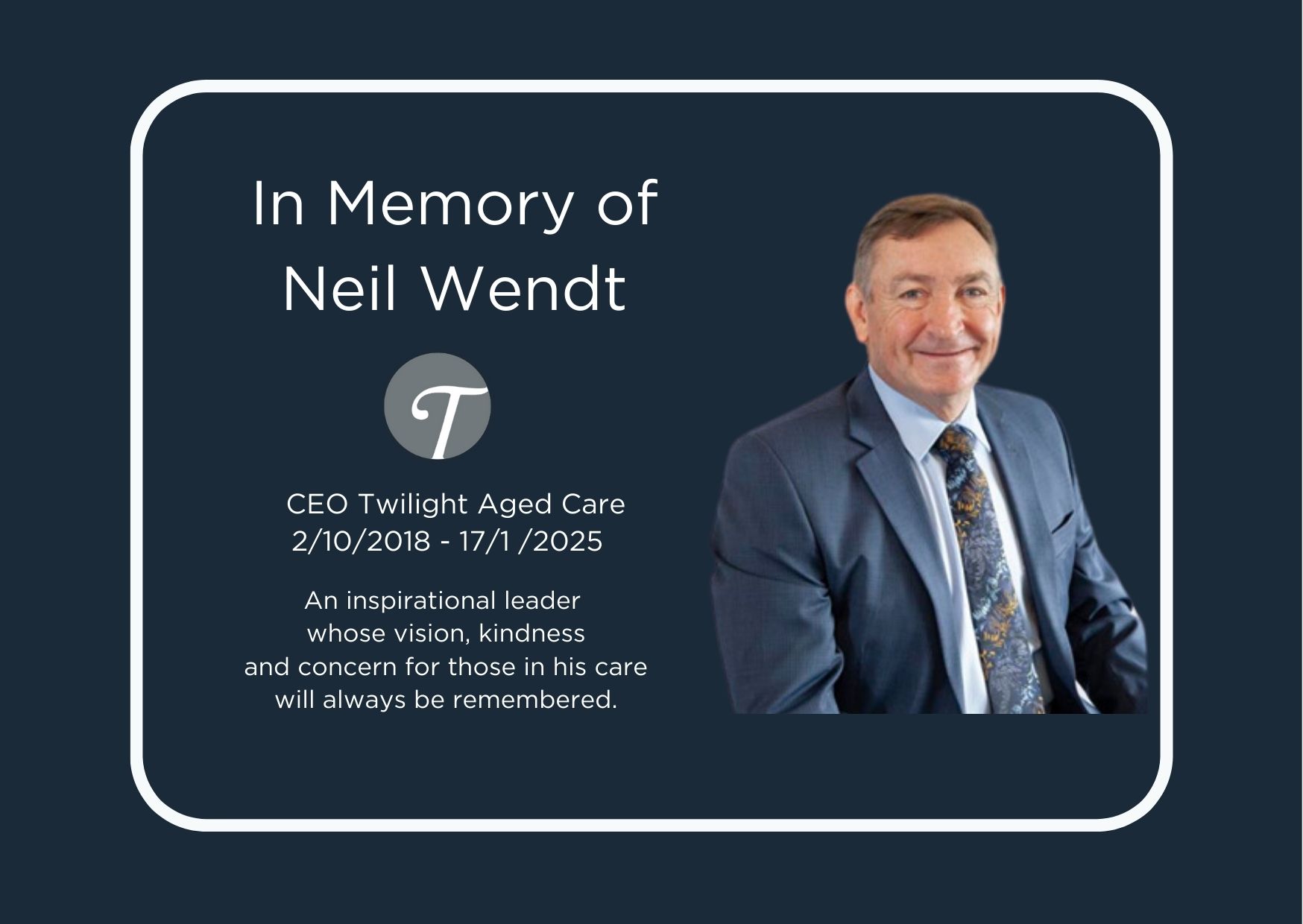
Vale Neil Wendt, Twilight CEO 2018-2025
Dear Twilight Family, Friends and Colleagues, It is with deep regret and sadness that I…

Dear Twilight Family, Friends and Colleagues, It is with deep regret and sadness that I…

A Very Twilight Christmas to You! This gorgeous video starring residents and staff was put…
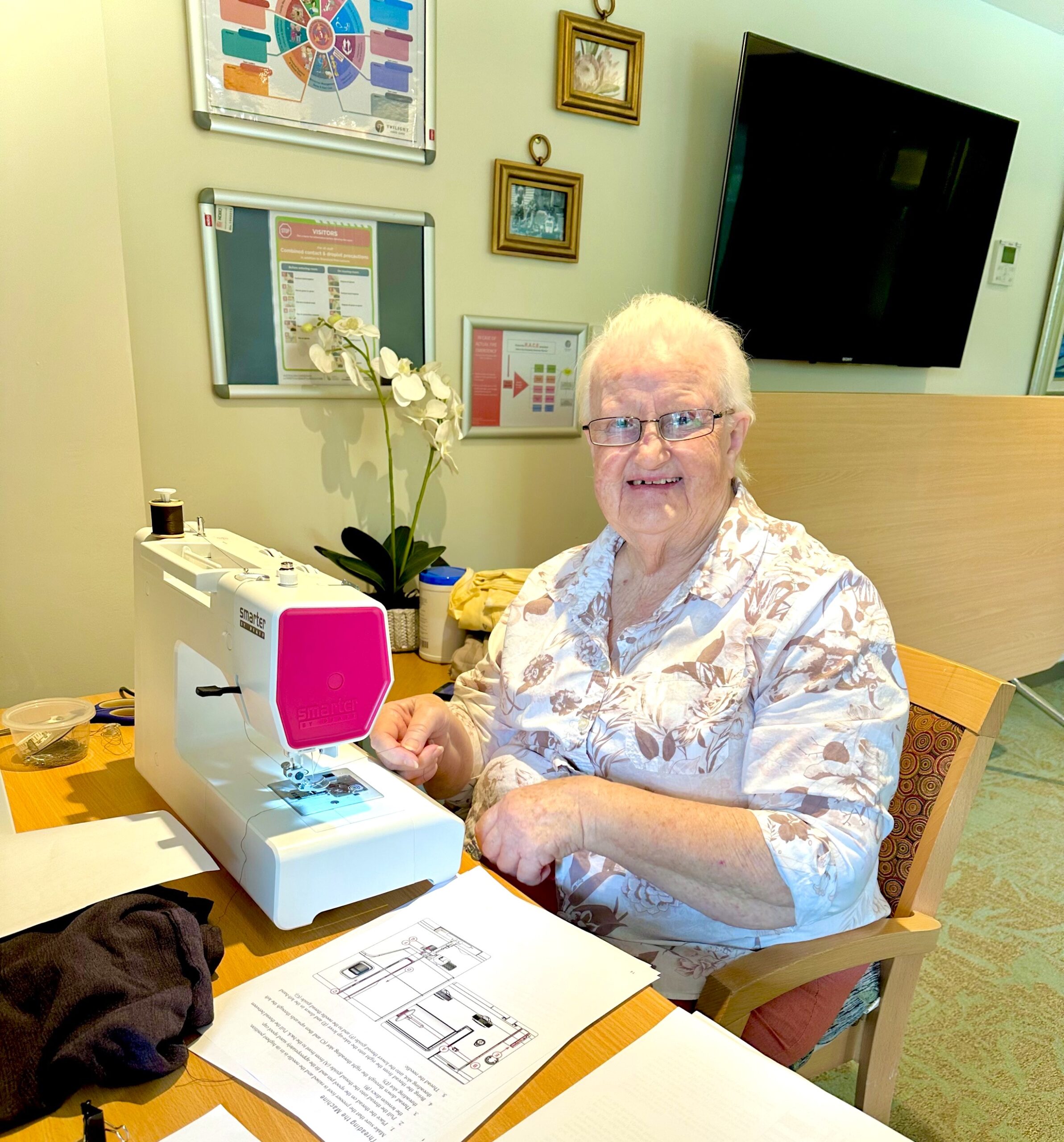
At Twilight, our unique Family Model of Care means getting to know each resident as…
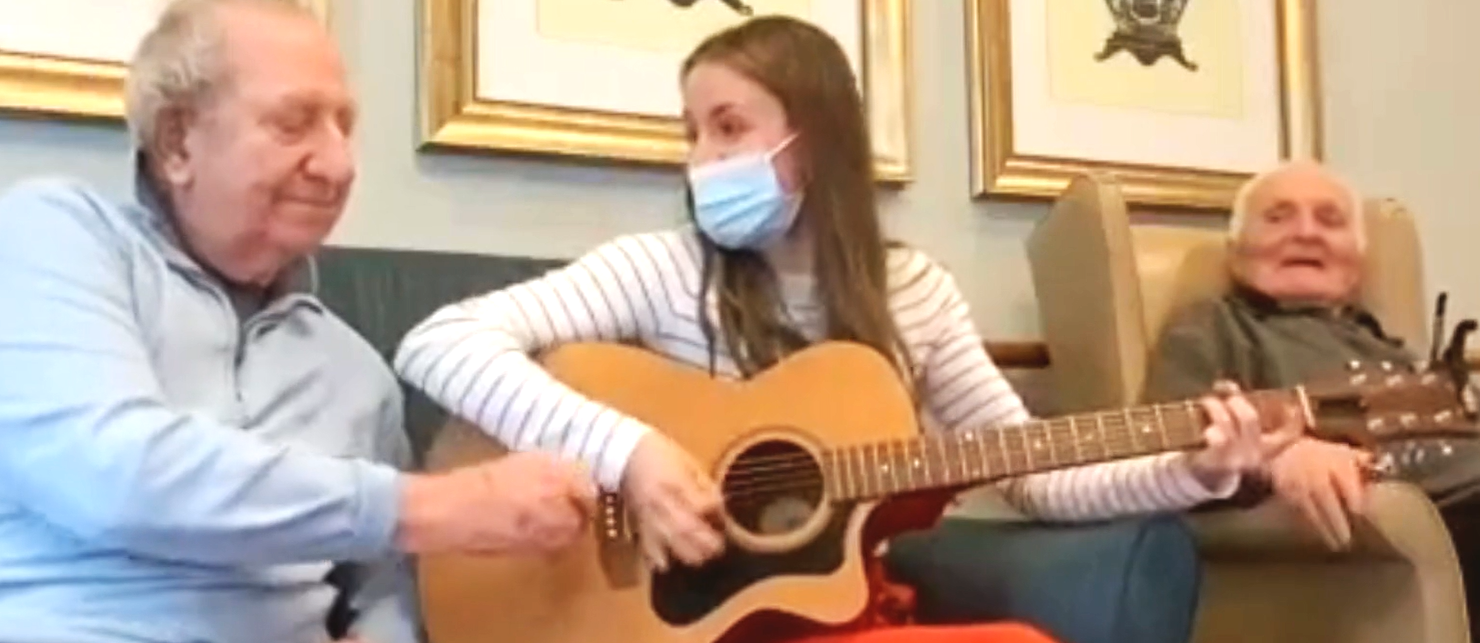
A Twilight Moment- Music is for Everyone! We know you’ll love this heartwarming peek at…
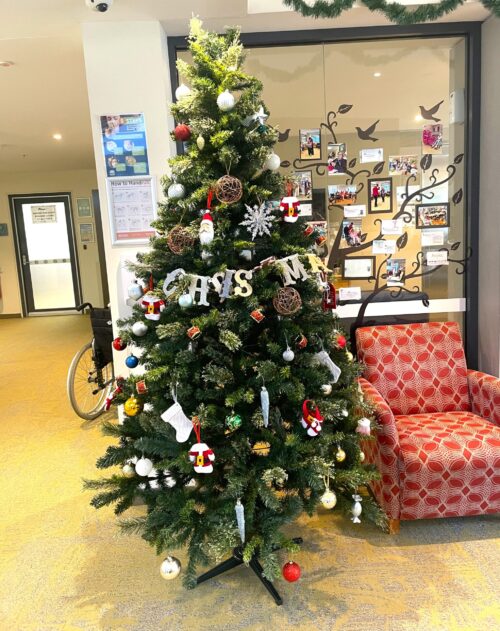
A Very Twilight Christmas In July All families have their special celebrations and our Twilight…

Horton House residents make a delicious treat for their morning tea- warning, this will make…
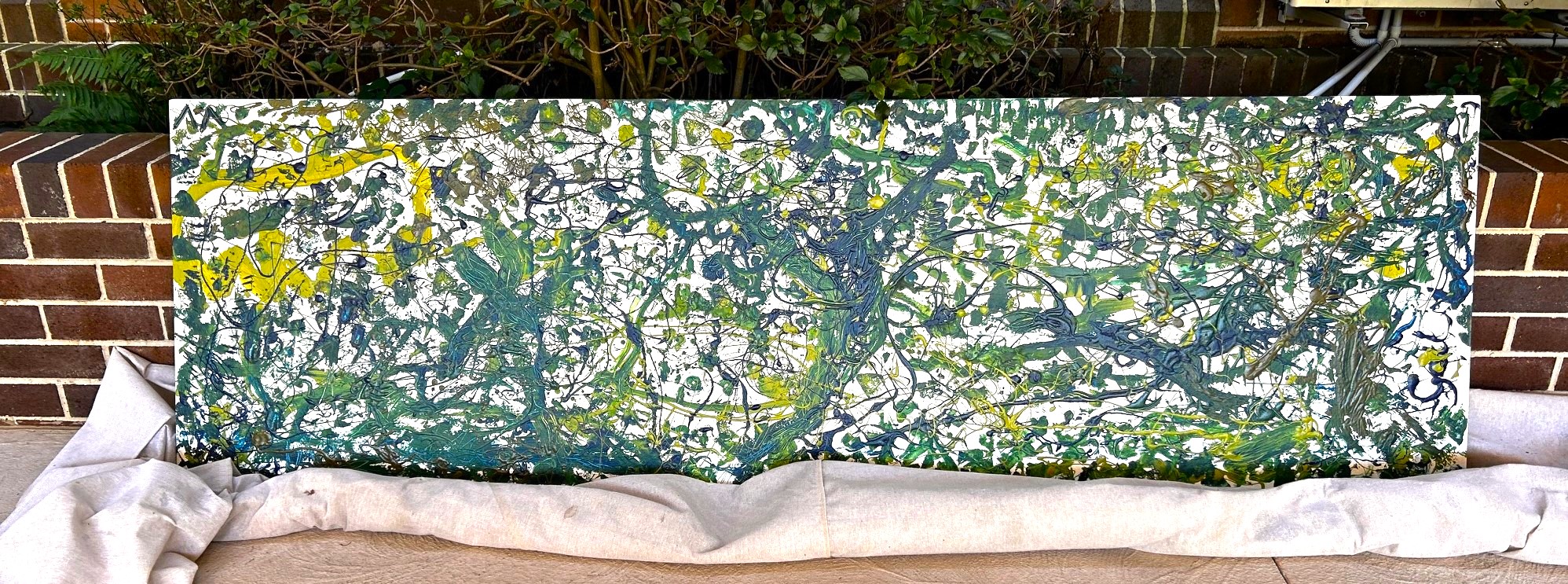
What better way to spend a beautiful winter's afternoon in Mosman than creating some art…
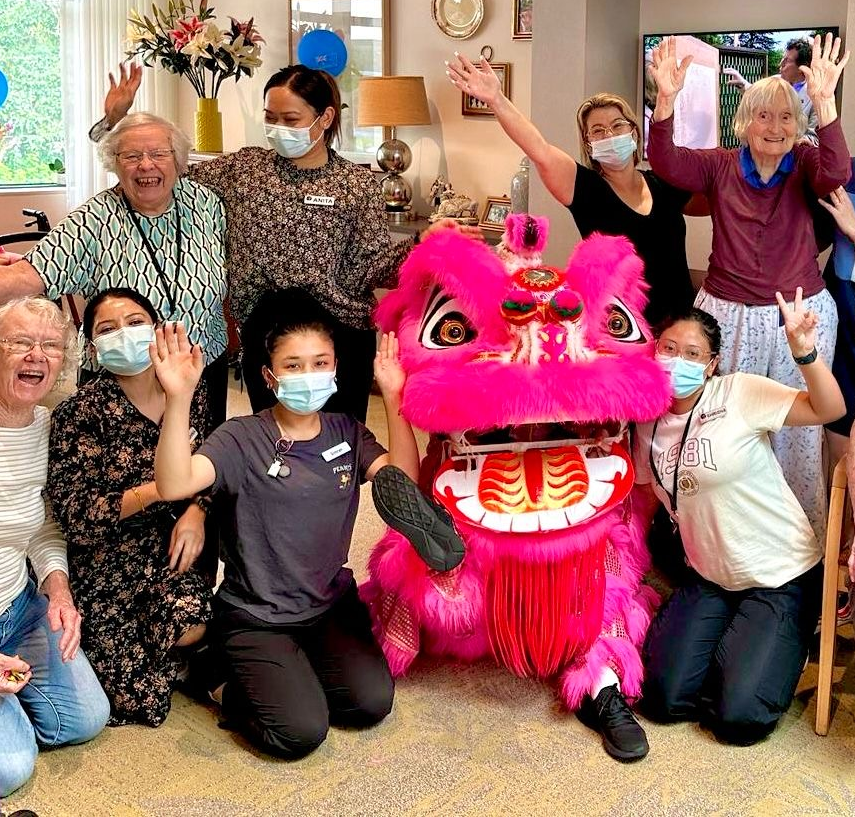
Twilight Family Moments- Celebrating Special Days The bond that links your true family is not…

Twilight’s Music Therapy Programme As part of our person-centred care delivery, Twilight’s official Music Therapy…
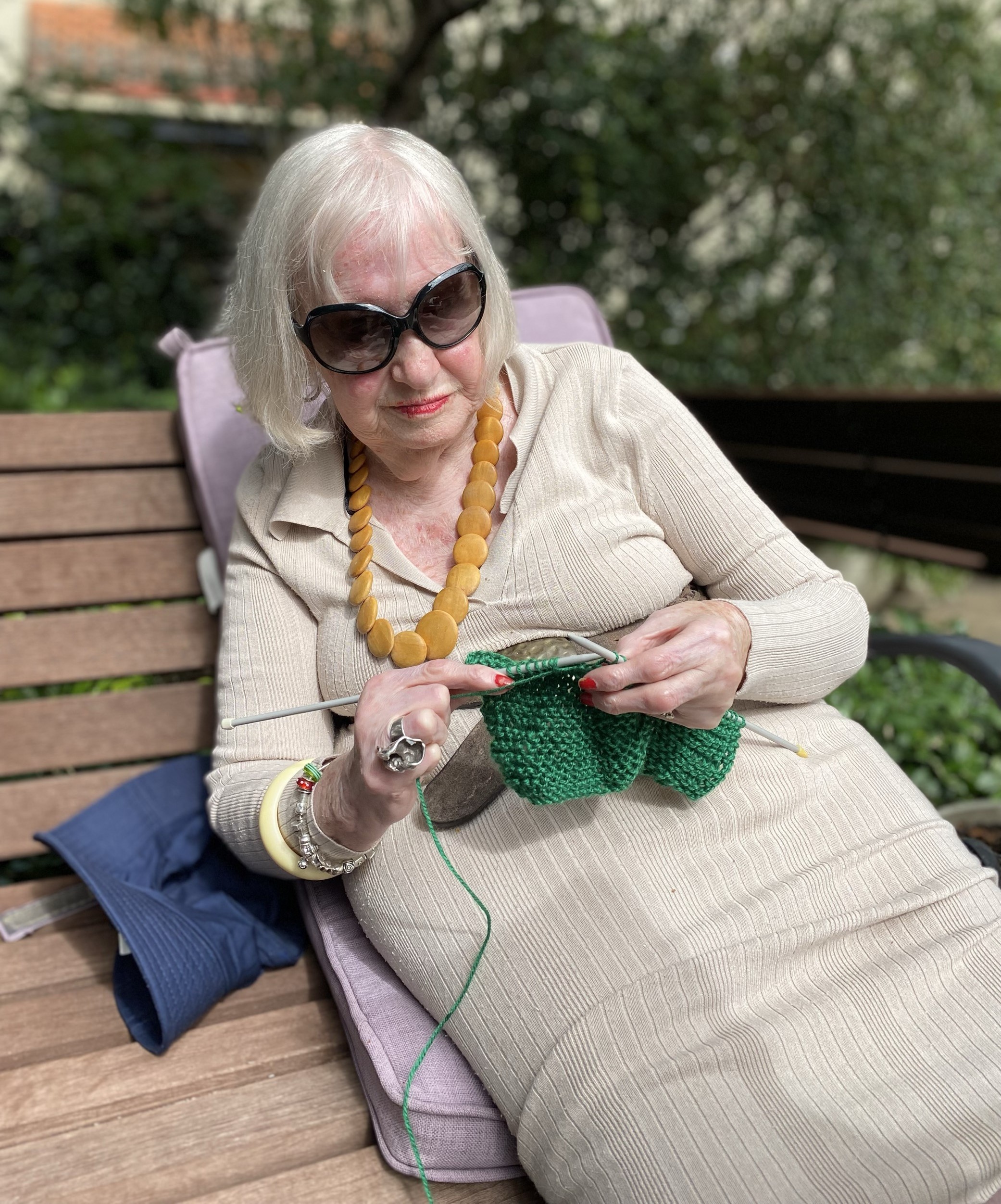
Twilight’s got Rhythm ! Rhythmic Knitting is an innovative and meaningful activity recently introduced for…